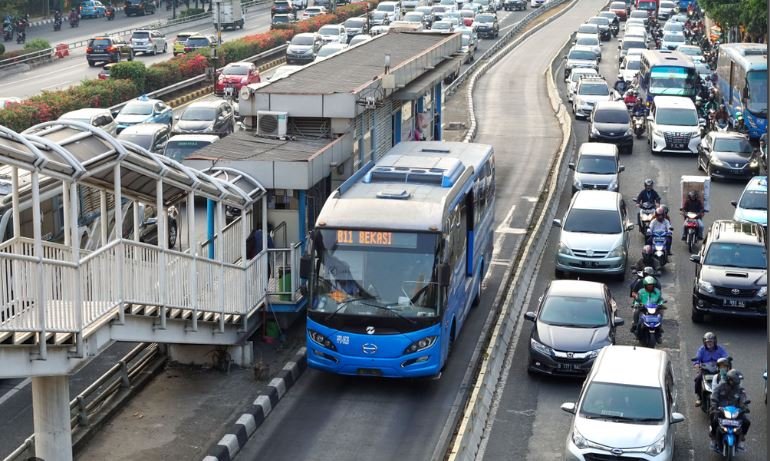Sustainable transport solutions for the modern world have become a pressing need as cities grow and environmental concerns rise. People around the globe are seeking ways to reduce carbon emissions, conserve resources, and create efficient transportation systems. As transportation is one of the largest contributors to global emissions, developing sustainable alternatives is critical for both urban mobility and environmental protection.

Electric Vehicles Leading the Charge
Electric vehicles (EVs) have rapidly emerged as a sustainable transport solution, significantly reducing reliance on fossil fuels. EVs run on electricity rather than gasoline, producing no tailpipe emissions and helping to combat air pollution in densely populated areas. Manufacturers continue to innovate, creating vehicles with longer ranges, faster charging times, and more affordable price points.
Governments worldwide have encouraged the shift toward electric vehicles by offering incentives like tax credits and rebates. Additionally, expanding EV charging infrastructure has made electric vehicles more convenient for everyday use. As technology advances, more people are adopting electric vehicles, contributing to cleaner, more sustainable urban transport systems.
Public Transport as a Green Alternative
Public transport systems play a crucial role in reducing the environmental impact of travel. Buses, trams, and trains use less energy per passenger compared to private cars, making them a more sustainable option for commuting. In many cities, authorities have begun replacing traditional buses with electric or hybrid models, further reducing carbon emissions and noise pollution.
Investing in efficient public transport networks encourages people to leave their cars behind, cutting traffic congestion and lowering overall emissions. Expanding routes, increasing the frequency of services, and improving affordability make public transport a more attractive and viable alternative to private vehicles. When cities prioritize public transport development, they create sustainable urban mobility solutions that benefit both the environment and residents.
Promoting Cycling and Walking for Short Journeys
For shorter journeys, promoting cycling and walking offers an environmentally friendly and healthy alternative to motorized transport. Many cities have invested in bike-sharing programs, which allow people to rent bicycles for short trips, reducing their carbon footprint. Building dedicated bike lanes and pedestrian-friendly infrastructure encourages more people to choose these green transportation modes.
Cycling and walking not only reduce pollution but also alleviate traffic congestion and promote healthier lifestyles. Governments and urban planners continue to support the shift toward non-motorized transport by improving safety measures, installing bike racks, and creating pedestrian-friendly zones. By making cities more accessible for cyclists and pedestrians, these solutions provide sustainable transport options for everyone.
Shared Mobility and Carpooling Initiatives
Shared mobility services like ride-sharing and carpooling have become an important part of sustainable transport solutions. By sharing rides, people can reduce the number of vehicles on the road, cutting down on fuel consumption and emissions. Ride-sharing platforms connect passengers heading in the same direction, offering convenience while reducing their individual environmental impact.
Carpooling initiatives also help combat traffic congestion in busy urban areas. Many cities offer incentives like dedicated carpool lanes or parking privileges to encourage people to share rides. These efforts reduce the overall number of cars on the road, lowering emissions and easing pressure on road infrastructure.
The Role of Renewable Energy in Transport
Integrating renewable energy into transport infrastructure supports the move toward sustainability. Solar-powered charging stations, for example, offer a green solution for powering electric vehicles, ensuring that the electricity they use comes from clean sources. Additionally, wind and solar energy can power public transport systems, further reducing their environmental impact.
By utilizing renewable energy in transportation networks, cities can reduce their reliance on fossil fuels and minimize greenhouse gas emissions. Many countries have set ambitious goals to increase the share of renewable energy in transport, driving innovation and investment in green technology. This shift supports a more sustainable, resilient transportation system for the future.
Conclusion
Sustainable transport solutions for the modern world are essential in addressing the challenges of urbanization and climate change. Electric vehicles, public transport systems, cycling and walking initiatives, shared mobility, and renewable energy integration all contribute to cleaner, more efficient transportation. As cities continue to grow, investing in sustainable mobility solutions will ensure a healthier, greener, and more accessible future for everyone.



